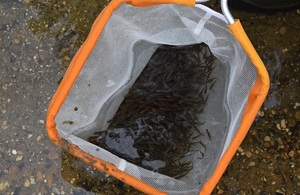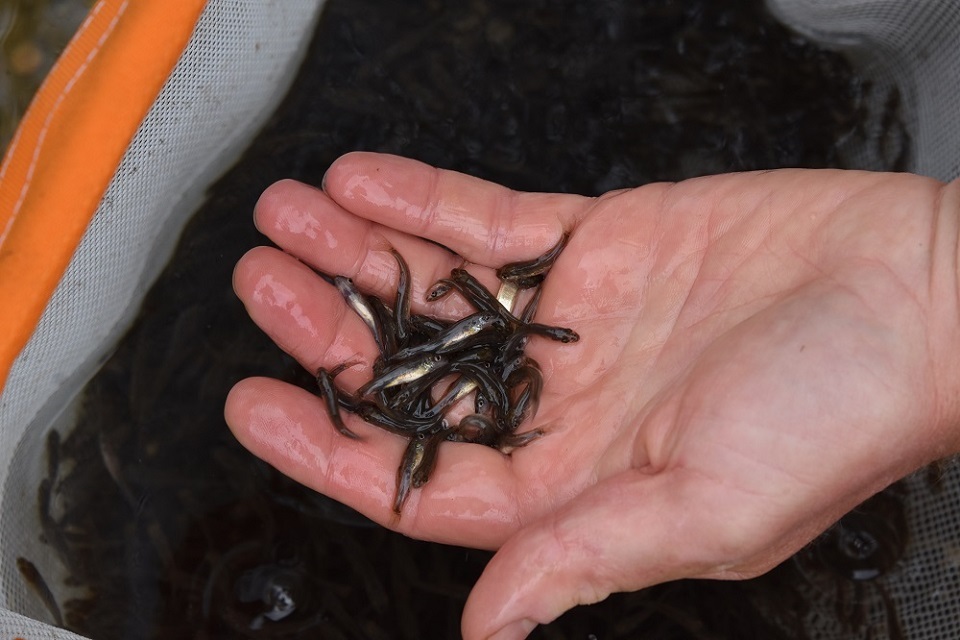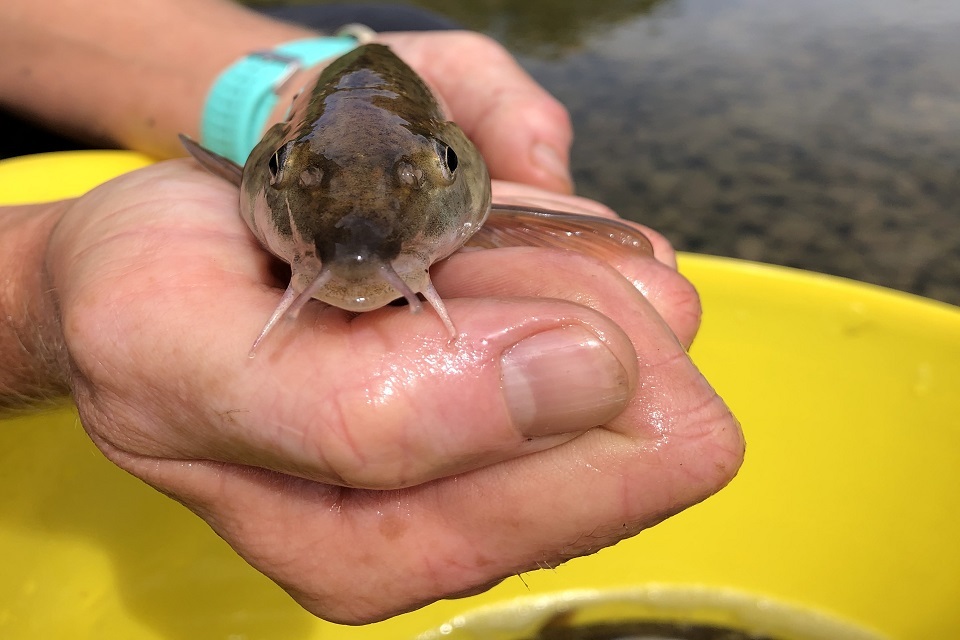More than 10,000 fish released into the Great Ouse
Environment Agency fisheries officers have conducted their yearly restocking on the Great Ouse, releasing 10,100 barbel in a bid to replenish the river.

The fish were collected from the Environment Agency Fish Farm at Calverton.
A total of 10,000 fry (fish that are just a few weeks old) and 100 one-year-old barbel were released into the river at Felmersham and Harrold Country Park and the river Ivel at Biggleswade.
The fish were collected from the Environment Agency Fish Farm at Calverton in Nottingham and carefully transported using specialist equipment.
The restocking took place on Monday, July 6th and was completed within a few hours while observing social distancing rules.

A total of 10,100 fish were released into the Great Ouse.
Kye Jerrom, Environment Agency fisheries specialist in East Anglia, said: “We’ve been carrying out habitat improvements and research into barbel on the Great Ouse for 14 years now. This project is a very important part of the outcome of that work.
“We restocked in these locations as we know the conditions for young fish are ideal.
“Most of our efforts to conserve barbel are to ensure that the habitat of the Ouse and its smaller tributaries like the Ivel, allow the species to become self-supporting.”
Research has shown that the reduction in barbel on the Ouse was due to poor fry survival rate and reduced spawning success and opportunities.
Studies reveal that the survival of young barbel was being affected by the lack of clean spawning beds due to sediment build up and predation on barbel eggs, both caused by invasive signal crayfish.
The Environment Agency and partners have been working with angling clubs, landowners and the Wildlife Trust to make a number of improvements to tackle these issues.
These include the construction of several refuge zones for fry and juvenile fish, which provide cover from predators and offer protection during extreme weather.

The fish restocking was done while observing social distancing rules.
Kye added: “One of the three stocking locations is Harrold Country Park, where we installed structures to halt bank erosion, and provide refuge for small fish during flood events.
“In other parts of the catchment we’ve added flow deflectors, and narrowed the river channel, which helps ease sediment build up on important spawning gravels.
“Our ultimate aim is to restore the river and the barbel fishery to a level where it supports itself.
“We feel that we are getting close to that scenario, which is great news, and it confirms the investments we are making are working.”
This work wouldn’t be possible without fishing licence money. Purchase yours here: https://www.gov.uk/fishing-licences